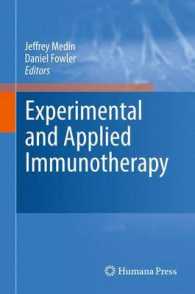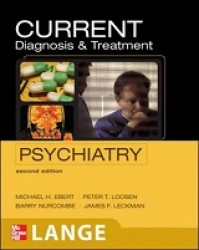Full Description
This monograph provides an assessment of the number one concern in contemporary drug development, namely how toxic side effects can be predicted and thereby prevented before a drug enters the clinical trial stage. In first part, general concepts of drug toxicity and adverse drug reactions are surveyed, based on the most recent scientific evidence, while the second part contains an in-depth analysis of modern in vitro methods in predictive toxicology. The third and final part is devoted to the discussion of future challenges facing the pharmaceuticals industry. With its emphasis on current and future developments, this is key knowledge for every professional in the drug development business needing to stay ahead of the competition.
Contents
PRINCIPLES AND THEORY OF DRUG SAFETY PRACTICE Introduction Role of drug design in toxicity: an industrial perspective Mechanisms of cell death: apoptosis and necrosis Organ-specific toxicity Paracetamol hepatotoxicity: lessons from a model toxin EXPERIMENTAL METHODS IN PREDICTIVE TOXICOLOGY Molecular biology methods Proteomics Metabolomics FUTURE CHALLENGES Overview: Challenges for toxicity prediction Biologics and small molecule immunomodulators Case study and lessons learnt: Northwick Park 2006








